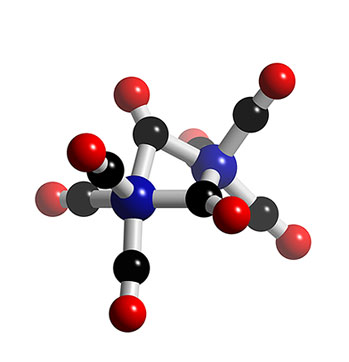One abnormally warm year can suppress CO2 uptake for two years
 Washington, September 18 : A new research has shown that one abnormally warm year can suppress the amount of carbon dioxide (CO2) taken up by some grassland ecosystems for up to two years.
Washington, September 18 : A new research has shown that one abnormally warm year can suppress the amount of carbon dioxide (CO2) taken up by some grassland ecosystems for up to two years.
The findings follow an unprecedented four-year study of sealed, 12-ton containerized grassland plots at DRI (Desert Research Institute).
"This is the first study to quantitatively track the response in carbon dioxide uptake and loss in entire ecosystems during anomalously warm years," said lead author Jay Arnone, research professor in the Division of Earth and Ecosystem sciences at DRI.
"The ''lagged'' responses that carry over for more than one year are a dramatic reminder of the fragility of ecosystems that are key players in global carbon sequestration," he added.
The plants and soils in ecosystems help modulate the amount of carbon dioxide in the atmosphere.
Plants need CO2 to survive, and they absorb most CO2 during spring and summer growing seasons, storing the carbon in their leaves, stems and roots.
This stored carbon returns to the soil when plants die, and it is released back into the atmosphere when soil bacteria feed on the dead plants and release CO2.
The four-year DRI study involved native Oklahoma tall grass prairie ecosystems that were sealed inside four, living-room-sized environment chambers.
The dozen 12-ton, six-foot-deep plots were extracted intact from the University of Oklahoma''s prairie research facility near Norman, Oklahoma, in order to minimize the disturbance of plants and soil bacteria.
Inside the DRI''s sunlit-controlled EcoCELL chambers, scientists replicated the daily and seasonal changes in temperature, and rainfall that occur in the wild.
In the second year of the study, half of the plots were subjected to temperatures typical of a normal year, and the other half were subjected to abnormally warm temperatures - on the order of those predicted to occur later this century by the Intergovernmental Panel on Climate Change.
In the third year of the study, temperatures around the warmed plots were turned down again to match temperatures in the control plots.
The CO2 flux - the amount of carbon dioxide moving between the atmosphere and biosphere - was tracked in each chamber for all four years of the study.
The scientists found that ecosystems exposed to an anomalously warm year had a net reduction in CO2 uptake for at least two years.
These ecosystems trapped and held about one-third the amount of carbon in those years than did the plots exposed to normal temperatures.
According to study co-author James Coleman, "Our findings confirm that ecosystems respond to climate change in a much more complex way than one might expect based solely on traditional experiments and observations." (ANI)